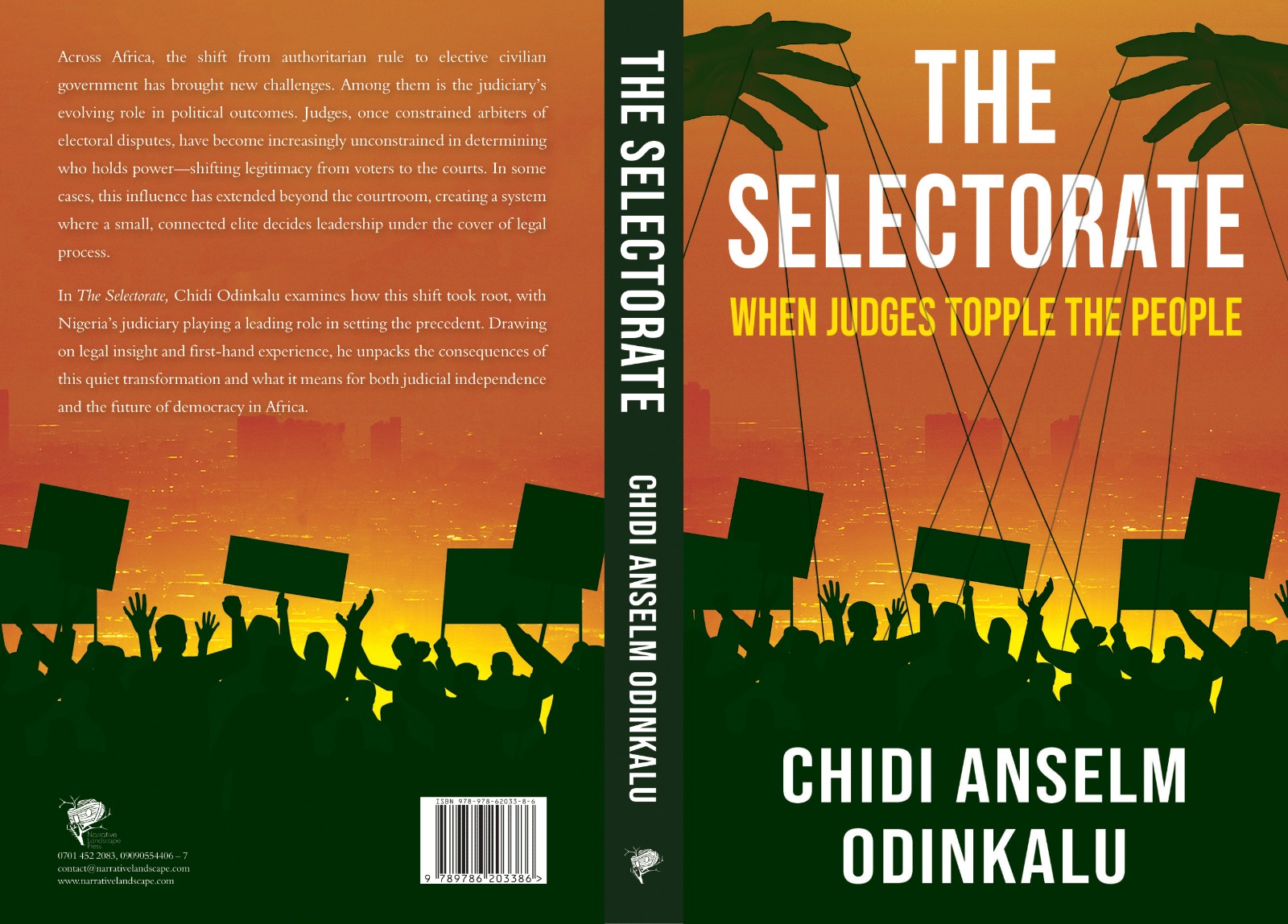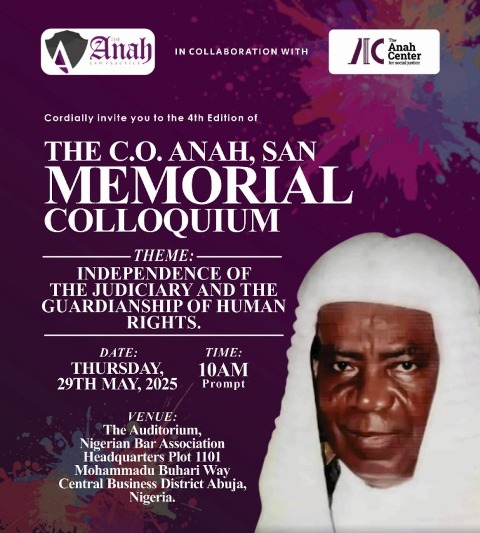By Afe Babalola SAN
THE history of the African continent cannot be complete without reference to slave trade. In fact, during the trans-Saharan slave trade, African slaves were transported across the Sahara Desert to North Africa to be sold to the Mediterranean and Middle Eastern civilisations. Historically, slavery was practiced in different forms, including debt slavery, enslavement of war captives, military slavery, slavery for prostitution, enslavement of criminals, slavery for domestic and court purposes, and plantation slavery.
At the height of the call for the abolishment of slave trade which resolved in the passing of a Bill to that effect by the British Parliament in 1807, some stakeholders who highly profited from the venture openly resisted the abolition. The King of Bonny was so horrified at the abolition that he reportedly exclaimed that: “We think this trade must go on. That is the verdict of our oracle and the priests. They say that your country, however great, can never stop a trade ordained by God himself.”
After several years of the abolition of slave trade, it appears that the King Bonny’s oracles rightfully foretold its subsistence, albeit in another form. Africans, particularly Nigerians, have maintained a firm resolve to sell themselves out to modern form of slavery; and either through ignorance or sheer determination, Nigerians have continued to defy all odds in order to reach the white man’s land, not minding the cost. In thenew era of modern slavery, Africans, especially Nigerians, wilfully sell out their freedom in their foray into the white man’s land in a purported, sometimes elusive, search for greener pastures.
As reported by the U.S State Department, modern slavery takes several forms including:“…the act of recruiting, harboring, transporting, providing, or obtaining a person for compelled labor or commercial sex acts through the use of force, fraud, or coercion…using a number of different terms, including involuntary servitude, slavery or practices similar to slavery, debt bondage, and forced labor. Human trafficking can include, but does not require, movement. People may be considered trafficking victims regardless of whether they were born into a state of servitude, were exploited in their hometown, were transported to the exploitative situation, previously consented to work for a trafficker, or participated in a crime as a direct result of being trafficked. At the heart of this phenomenon is the traffickers’ goal of exploiting and enslaving their victims and the myriad coercive and deceptive practices they use to do so.
In their venture into self-imposed slavery in foreign climes, Nigerians have been known to dare great odds including long and perilous foot crossings of the Sahara Desert to dangerous crossings of the Mediterranean in unseaworthy vessels. There are yearly reports of those who lost their lives in a failed attempt to cross the Mediterranean Seainto Europe with Nigerians constituting a substantial part of the unfortunate statistics. Sometimes in 2016, the sad tale of two Nigerian brothers was reported as follows: “The two brothers from Edo State – Monday and Osas Amanmien – had embarked on the deadly voyage across the angry Mediterranean Sea, intent on hitting Italy where they hoped to make a better living. But the trip turned sour midway, leaving Monday dead. He drowned in the sea following a boat wreck. Although Osas miraculously survived the disaster, he had to endure one hellish hour, hopelessly floating on an empty keg and being brutally buffeted by the bullish, restless waves. And now, he lives with the eternal trauma of the last words of his brother. Monday had said, in a desperate tone: “My keg dey leak ooo,” before he finally went down. Osas says his brother drowned so that he might live. He recalled that when it became obvious that the boat was destined to go down, Monday summoned courage and seized two empty water kegs beside him. One was good, the other was bad. He gave his younger one the better keg so that he would be afloat and live while he struggled with the bad keg. He eventually drowned, Osas said. Not even his dead body was retrieved.”
While the often-unfortunate incidence of Africans’ self-imposed slavery into Europe is attributable to a desire to pursue a dream, or mirage, of financial freedom, the incidence of poverty and bad leadership in Africa must share in the blame. Following the long and tortuous journey to independence by the African states, Nigeria in particular, the resolve and sacrifices of the founding fathers of the nation’s independence, amidst their own ethnocentric affiliations, quickly dovetailed into despair and disillusionment when the progress recorded in the pre independence years and the early years following it were eroded largely by decades of military rule. Despite the return to civilian rule, the expectations of Africans generally in achieving a Utopian statehas continued to fizzle into oblivion particularly considering the incidences of poor leadership, incessant foreign borrowings, and resultant debt profile.
Very recently, the issue of incessant resort to foreign loans by African governments and its consequences was again brought to fore when it was widely reported that the nation of Uganda would likely forfeit its main airport over the non-repayment of a $207 million loan from the Exim Bank of China. According to reports, Uganda ceded its most important airport to China and lifted international immunity in the agreements it signed to guarantee the loans, exposing its Entebbe International Airport to take over without international protection. Interestingly, the government of Uganda has come out to apologise for the mismanagement of the $207 million loan which is about to cause the forfeiture of the nation’s asset! This is clearly reflective of bad leadership and mismanagement that has generally plagued the African states. Sadly, Nigeria is no exception.
There was a recent report in the Punch Newspaper that Nigeria may lose its assets to China over $3.48bn loan which it obtained in several tranches over the years. According to the Punch news reports, the first loan project was for the Nigerian national public security communication system project with $399.50m agreed on December 20, 2010 and disbursed. The second loan was for the Nigerian railway modernisation project (Wu- Kaduna section) with $500m agreed on December 20, 2010 and disbursed. The third loan was for the Abuja light rail project with $500m agreed on November 7, 2012 and disbursed, the fourth loan was targeted at Nigerian ICT infrastructure backbone project with $100m agreed on January 5, 2013 and disbursed.
The fifth loan was meant for the Nigerian four airport terminals’ expansion project (Abuja, Kano, Lagos and Port Harcourt) with $500m agreed on July 10, 2013 but $455.28m was disbursed, which is 91.06 per cent of the agreed amount. The sixth loan was for the Nigerian Zungeru hydroelectric power project with $984.32m agreed on September 28, 2013 but only $518.24m was disbursed, which is 52.65 per cent of the agreed amount.The seventh loan was for the Nigerian 40 parboiled rice processing plants project (Federal Ministry of Agriculture and Rural Development), with $325.67m agreed on April 26, 2016, but nothing was disbursed. The eighth loan was for the Nigerian railway modernisation project (Lagos – Ibadan section), with $1.27bn agreed on August 18, 2017 but only $759.84m was disbursed, which is 17.50 per cent of the agreed amount. The ninth loan was targeted at the rehabilitation and upgrading of Abuja-Keffi-Markurdi road project with $460.82m agreed on August 18, 2017 but only $80.64m was disbursed, which is 59.96 per cent of the amount agreed.The 10th loan was meant for the Nigeria supply of rolling stocks and depot equipment for the Abuja light rail project with $157m agreed on May 29, 2018, but nothing was disbursed. The 11th loan was for the Nigeria greater Abuja water supply project with $381.09m agreed on May 29, 2018, but nothing was disbursed. In terms of repayments, Nigeria paid $102.68m to China in the first six month of 2021, while it still owes about $3.48bn. However, it is clear that these projects are yet to be concluded.
In the past year, Nigeria’s public debt profile hit an all-time high of N28.63 trillion as of the first quarter of the year 2020 – representing a 4.49 per cent increase from the N27.40 trillion being Nigeria’s indebtedness as at the last quarter of 2019. A major undermining factor for a country’s economic growth is its huge debt stock and as such, Nigeria’s humongous debts ratio is directly linked to the decades of misrule and financial imprudence of its military and political leaders. With incessant foreign debts being accumulated by successive governments, Nigeria became caught up on crippling foreign debt crisis which, till date, compromised its economic progress and political stability in spite of the paradox of being an oil exporting country.
From all indications, there is no foreseeable future escape from the country’s debt profile and economic woes. The President of the African Development Bank, Dr. Akinwunmi Adesina, once noted that Nigeria is using 50 per cent of its revenue to service its debts, compared to the average of 17 percent for other African countries. It is therefore commonsensical to conclude that at this rate, unless by some stroke of luck, Nigeria will not be free from debt anytime soon. Despite the humongous foreign loans that Nigeria has been plunged into, it is difficult to see how the economic and infrastructural situations of the nation have improved; and there is no appreciable improvement even in security. To be continued…
AARE AFE BABALOLA, OFR, CON, SAN, LLD. D.Litt.




